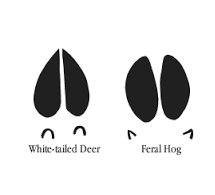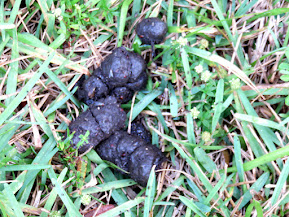How to Locate and Hunt Pigs in California plus Public Land Hunting, Hunting Clubs, and Ranches
How to use a Pig Call
Select the Right Call: There are various pig calls available on the market, ranging from electronic calls to mouth calls. Choose a call that mimics the sound of piglets or distressed pigs, as these can attract curious or protective adult pigs.
Understand Pig Behavior: Pigs are naturally curious animals and may investigate unfamiliar sounds in their territory. They are also protective of their young and may respond aggressively to distress calls from piglets.
Choose the Right Location: Set up your calling position in an area with known pig activity, such as near water sources, feeding areas, or well-used trails. Look for signs of recent pig activity, such as tracks, droppings, or wallow holes.
Concealment: Ensure that you are well concealed and downwind from the direction you expect the pigs to approach. Pigs have an excellent sense of smell, so it's crucial to minimize your scent and avoid being detected.
Use Decoys: Consider using pig decoys along with your calls to make the setup more realistic. Decoys can attract pigs' attention and draw them closer to your position.
Be Patient and Quiet: Once you've set up your calling position, be patient and avoid making unnecessary noise. Pigs may take some time to respond to the calls, so stay alert and ready for action.
TO SEE HIGHEST PIG KILL MAP CLICK THIS SENTENCE... ACCESS TO OUR HUGE MAP SITE TOO!!!

Click on a county for OREGON or CALIFORNIA Hunting Clubs & Private Ranches:
| AMADOR | ||||
| MERCED | ||||
| YUBA | HUNTING CLUBS &RANCHES SITE |
|
HUNTING FISH
|
HUNTING FISH
|
HUNTING FISH
|
HARNEY HUNTING FISH
|
HOOD HUNTING FISHING
|
|
HUNTING FISH
|
HUNTING FISH
|
HUNTING FISH
|
HUNTING FISH
|
HUNTING FISH
|
HUNTING FISH
|
HUNTING FISH
|






